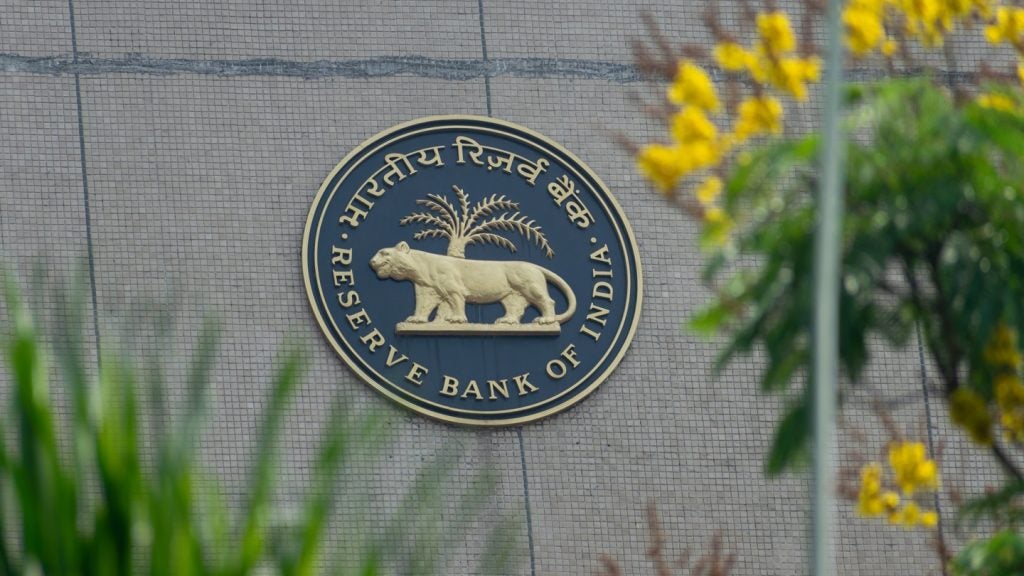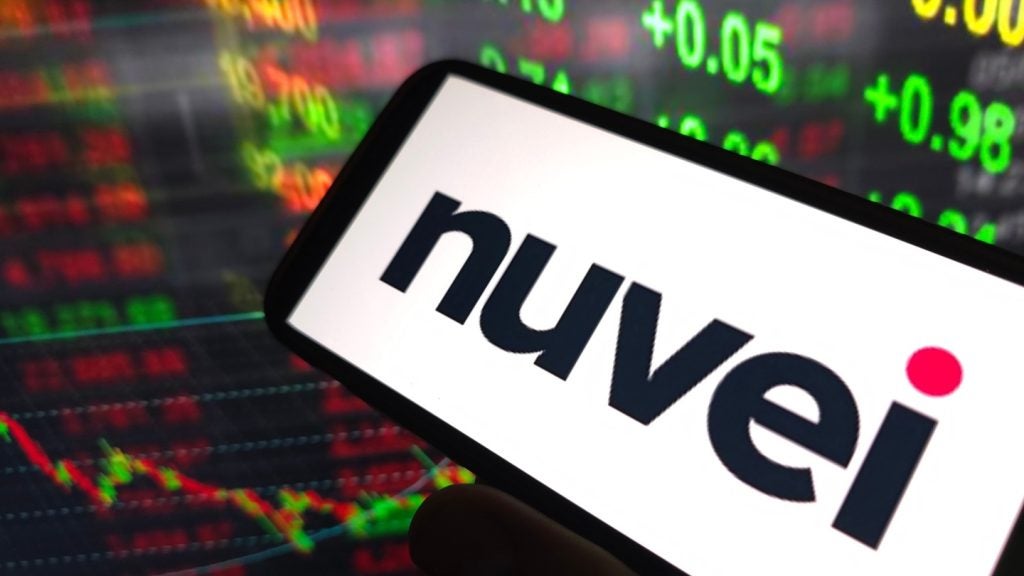Contactless cards are clearly on the rise in the UK although research from WorldPay suggests that growth is skewed towards big cities. This weighted growth is so heavy it suggests mobile payments could be widely in use before some areas have adopted contactless cards. Sebastian Whale reports
The latest report released by payments company WorldPay sheds light on the growth of contactless payments within UK transactions. WorldPay’s research shows contactless payments have trebled between 2012 and 2013 (12.5m in January-December 2012 to 43.6m in January-December 2013 UK payments processed by WorldPay), with 38.1m contactless cards in circulation, accounting for one quarter of all credit, debit and charge cards.

Access deeper industry intelligence
Experience unmatched clarity with a single platform that combines unique data, AI, and human expertise.
Take up of contactless payments has been strongest in the capital, with 17% of Londoners using contactless cards when carrying out transactions in 2013. However, other major cities in the UK lag well behind London and the South East, including Bristol, with only 4% of consumers carrying out contactless payments.
Principal consultants from Consult Hyperion, Gary Munro and Anthony Pickup, suggest London has been used as a "proving ground" by large retailers for contactless payments, with transaction volume growth set to continue following the news TfL will soon incorporate contactless payments on the underground. The consultants added growth in contactless would be expanded across the UK, commenting: "Change is already underway, with large merchants such as M&S, Boots, WH Smith and Sainsbury’s deploying hardware that supports contactless all over the UK."
Of the contactless transactions made in December 2013, the Food and Drink industry prevailed with the highest number of transactions at just below 37m. Commenting on whether this was due to the smaller transactions made in the industry, Pickup said: "Yes, but speed and convenience are also factors here."
Growth through transport

US Tariffs are shifting - will you react or anticipate?
Don’t let policy changes catch you off guard. Stay proactive with real-time data and expert analysis.
By GlobalDataGary Munro believes the transport industry in particular, would appear to be a gateway for improved consumer awareness and visibility of contactless payments, with the potential to influence adoption levels across the UK. "We think contactless transport is an important facilitator for contactless payments.
For the UK with the dominance of London as a hub, when travellers are able to use even more of the TfL transit estate via their contactless payment card rather than paper tickets, we may see even more customer acceptance of the technology," he added. Uncertainty is found on whether the UK would move to a model similar to Australia, where the daily contactless limit is $100 as opposed to £20 ($33.38).
Gary Muro predicts: "The contactless limit will increase in the UK, but we’re set for a more cautious slow steady rise rather than a jump." The consultants acknowledged the high Australian daily limit was "driven by the petrol retailers, as their petrol is a lot cheaper than in the UK."
Slow adoption
Despite that 93% of participants in World- Pay’s research found contact payments to be "quick and efficient", take up of contactless payments by UK consumers is taking longer than many would have expected. Research by management consultants, Bain & Company, paints a similar picture of consumer’s interpretation of mobile payments. In a survey of 25,000 consumers from the US and Western Europe, only a quarter said they are willing to use their mobile devices for instore payments.
Two-thirds of consumers interviewed seek further convenience from mobile payments with features including balance visibility and faster checkouts. Over 50% of UK consumers are unwilling to even try mobile payments. Consumer’s primary concerns pertaining to mobile payments relate to security, privacy and convenience; addressing these issues would appear to be paramount to the success of mobile payment providers.
The report authors suggest despite trepidation from some consumers: "We believe there will be significant advantage for companies that act now to shape their approach, as mobile payments move toward the mainstream over the next three years." Bain’s report notes the annual growth rate of mobile banking was 59% in its first four years, a significant figure when considered against the 35% rate increase of online banking in its first four years. It is for this reason the report suggests mobile payments are poised for rapid adoption.
If banks and retailers were in need of any convincing to accommodate mobile payments, Bain’s report finds mobile payment users are younger and more affluent than the average consumer. They spend more than twice as much through digital channels and shop more often. The importance of first mover advantage to gain the loyalty of these highly valuable, early adopters of mobile payments is central to the reports dialogue.
Mobile and contactless compatible?
What’s consistent across the research and data provided by both Bain and WorldPay is that UK consumers are by no means unilaterally convinced in the sustainability, security and convenience of contactless payments. The Bain report concludes to overcome barriers to consumer trepidation to mobile payments, greater innovation and upgrades to IT systems is required, in order to take "full advantage of the loyalty and couponing opportunities presented by mobile payments."
Principal consultants from Consult Hyperion conclude that the more experience consumers gain of contactless and mobile payments the greater the levels of integration will be in the UK, "The key barrier to contactless payments is education, both of the merchant and cardholder." Within the UK, the slow adoption to contactless payments begs the question of whether mobile payments will leapfrog the growth of contactless as payment providers adapt in the marketplace.
Gary Munro suggests mobile and cardless payments are compatible, with scope "for large retailers to incorporate the payment within their own mobile app, to act as a retailer wallet". Merchants and banks should be encouraged to utilise their mobile and contactless capabilities to ensure they capture the first mover advantage, as the growth of contactless continues to emerge across the UK.







